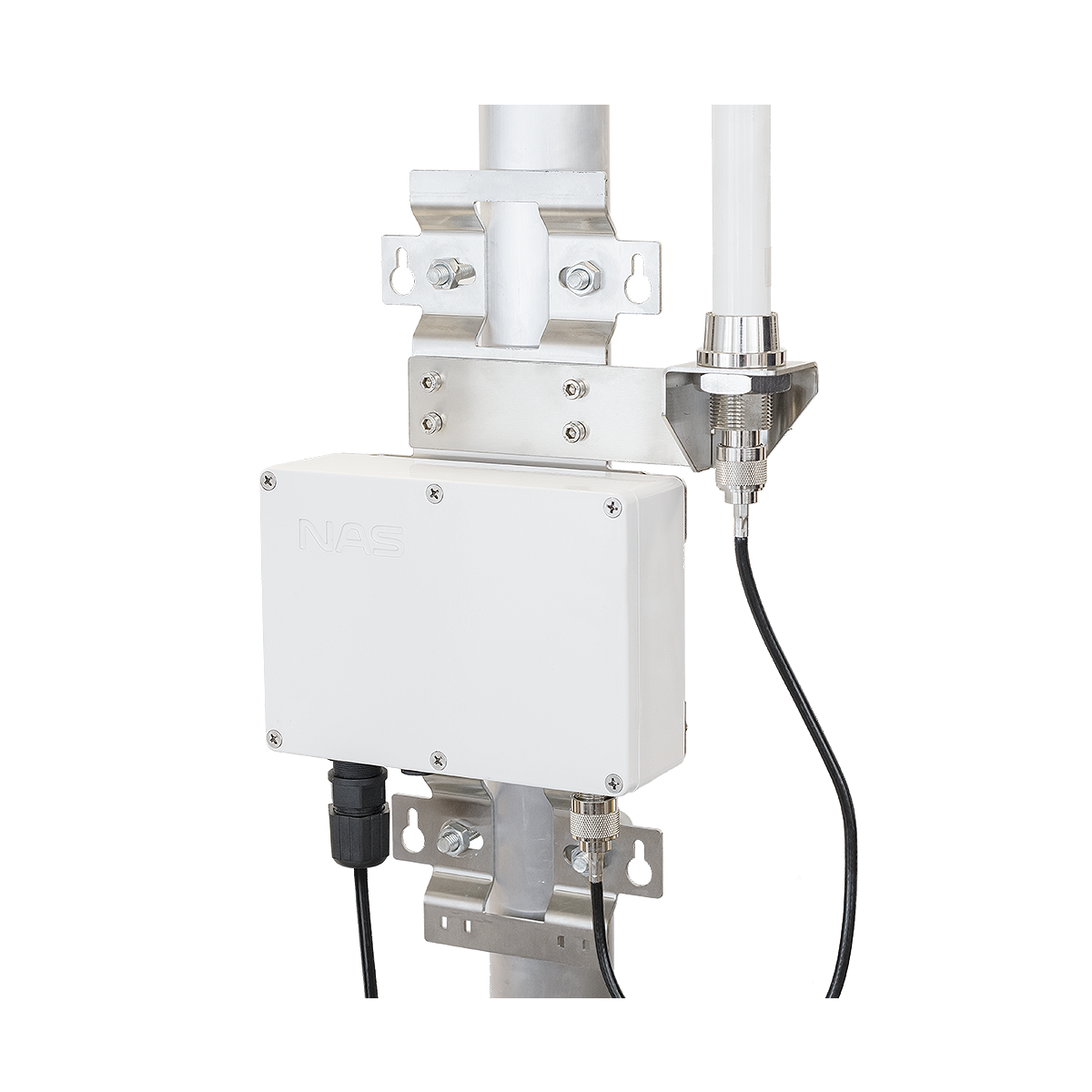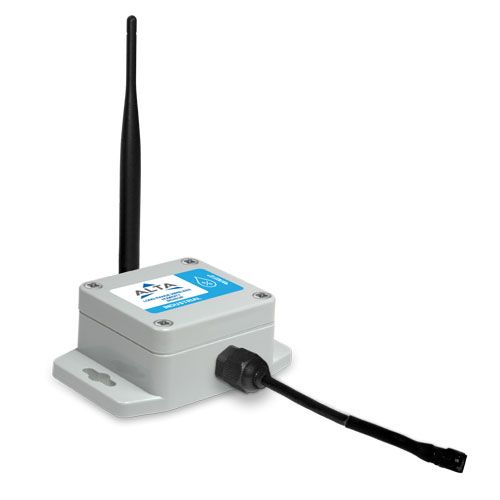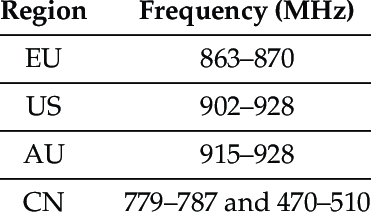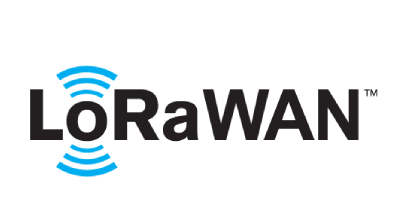
Maximizing the Range of Your LoRaWAN Gateway
LoRaWAN (Low Range Wide Area Network) technology has garnered widespread attention for its potential in connecting IoT devices across long distances with minimal power consumption. In order to get the most out of your LoRaWAN gateway, it is crucial to optimize its range. This article will provide you with valuable tips and best practices to ensure that your LoRaWAN gateway operates at maximum efficiency.

Choose the Right Antenna
An optimal antenna is critical for achieving the desired range in your LoRaWAN network. A high-gain antenna can significantly improve the gateway's range, with directional antennas offering the best results. However, if coverage in multiple directions is required, omnidirectional antennas are a better choice. Keep in mind that antenna gain is measured in dBi, with higher values indicating better performance.
Optimize Antenna Placement

The positioning of your antenna plays a crucial role in maximizing the range of your LoRaWAN gateway. Make sure to place the antenna at a high point, ideally on a roof or mast, and free from obstructions to minimize signal degradation. Avoid positioning the antenna close to metal structures, as they can cause signal reflections and interference.
Use the Right Frequency

LoRaWAN operates on various frequency bands, with each region having specific regulations. It is crucial to choose the correct frequency band for your area, as it can affect the range, data rate, and power consumption of your devices. Lower frequencies generally provide better penetration and range, while higher frequencies offer higher data rates.
Optimize Gateway Settings
Fine-tuning your gateway settings can significantly impact its range. LoRaWAN gateways support Adaptive Data Rate (ADR), which adjusts the data rate and transmission power based on the network conditions. Make sure to enable ADR to optimize the range and energy consumption of your devices. Additionally, consider using the lowest possible data rate for maximum range, as it increases the receiver's sensitivity.
Minimize Interference

Radio frequency interference can adversely affect your LoRaWAN gateway's performance. To minimize interference, ensure that your gateway and devices operate on a clean and unused frequency channel. Furthermore, avoid installing the gateway close to other transmitting devices and use high-quality cables and connectors to reduce signal loss.
Monitor and Analyze Network Performance
Regular monitoring and analysis of your LoRaWAN network's performance can help you identify potential issues and areas for improvement. Use network management tools to track key metrics such as signal strength, packet loss, and latency. Analyzing this data can provide insights into potential issues and help you optimize the network's performance.
Conclusion
Maximizing the range of your LoRaWAN gateway is crucial for ensuring reliable and efficient communication between your IoT devices. By following these tips and best practices, you can optimize your gateway's range and improve the performance of your LoRaWAN network. Keep in mind that every network setup is unique, so it's essential to experiment with different configurations and monitor the results to achieve the best possible performance.



